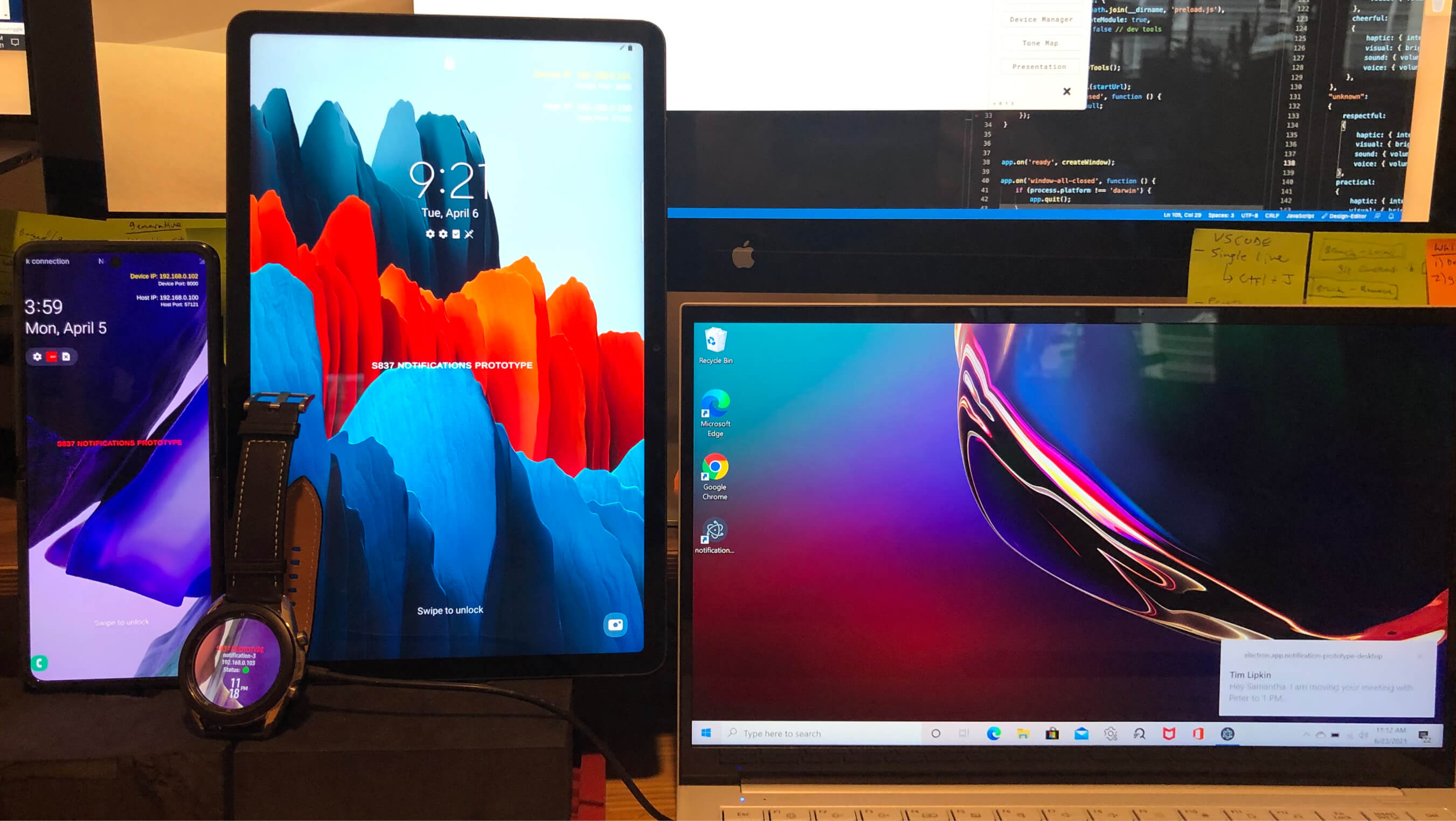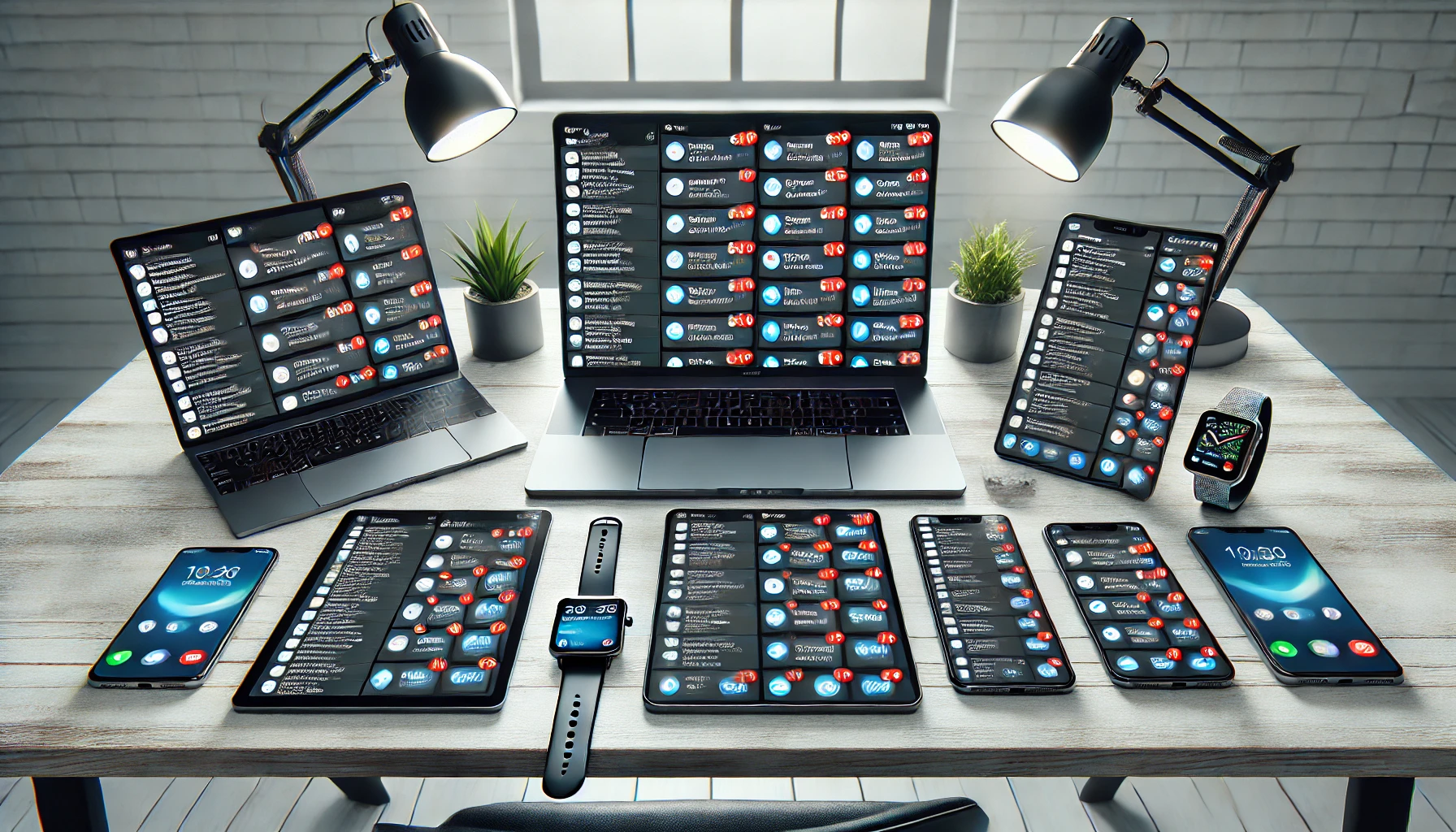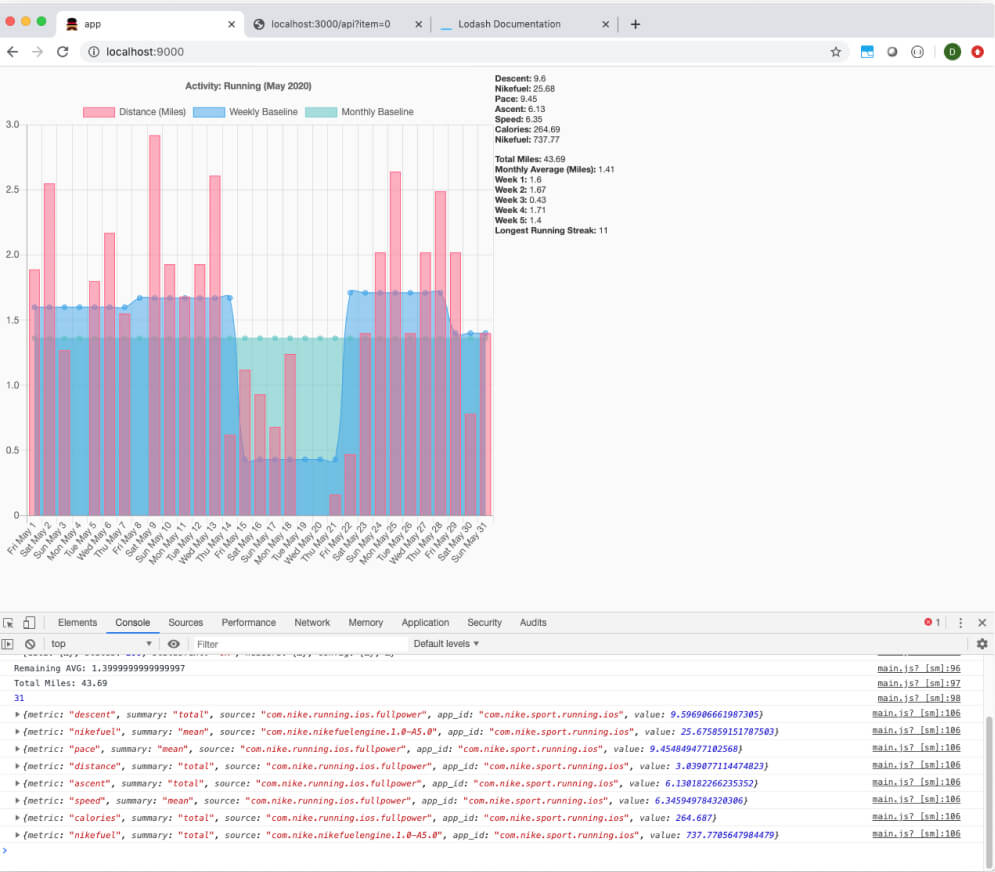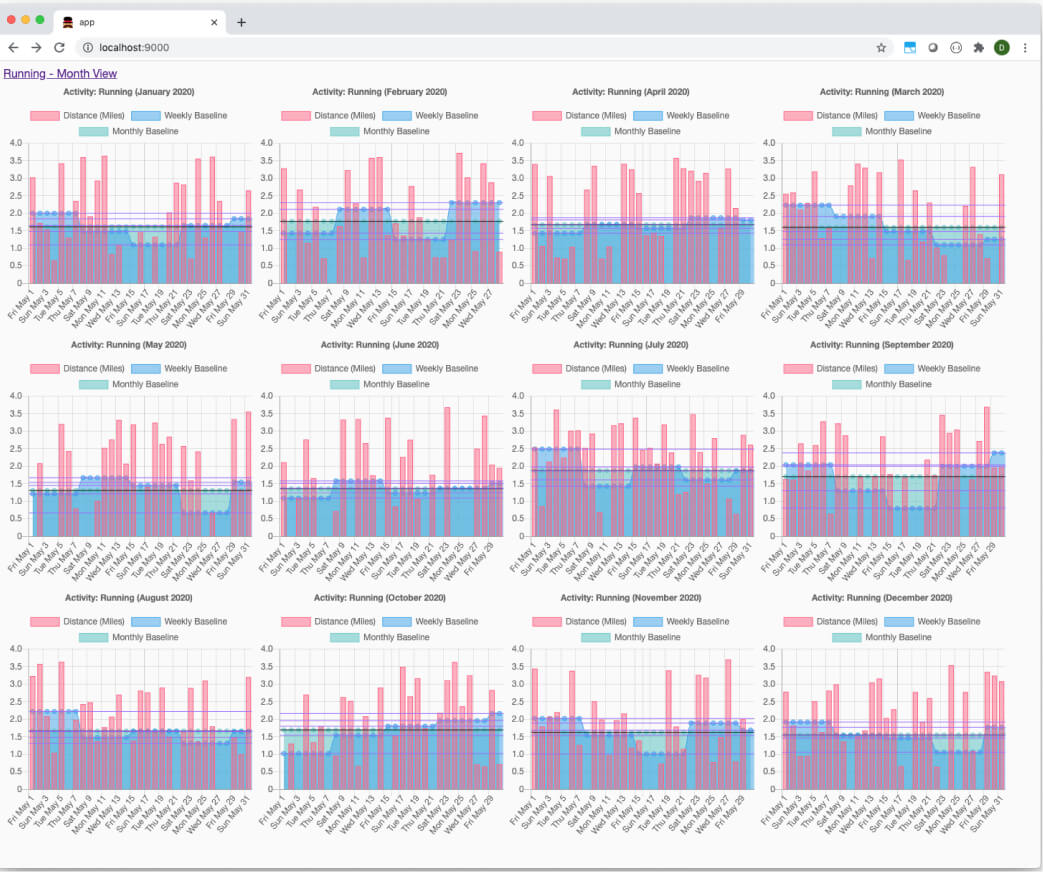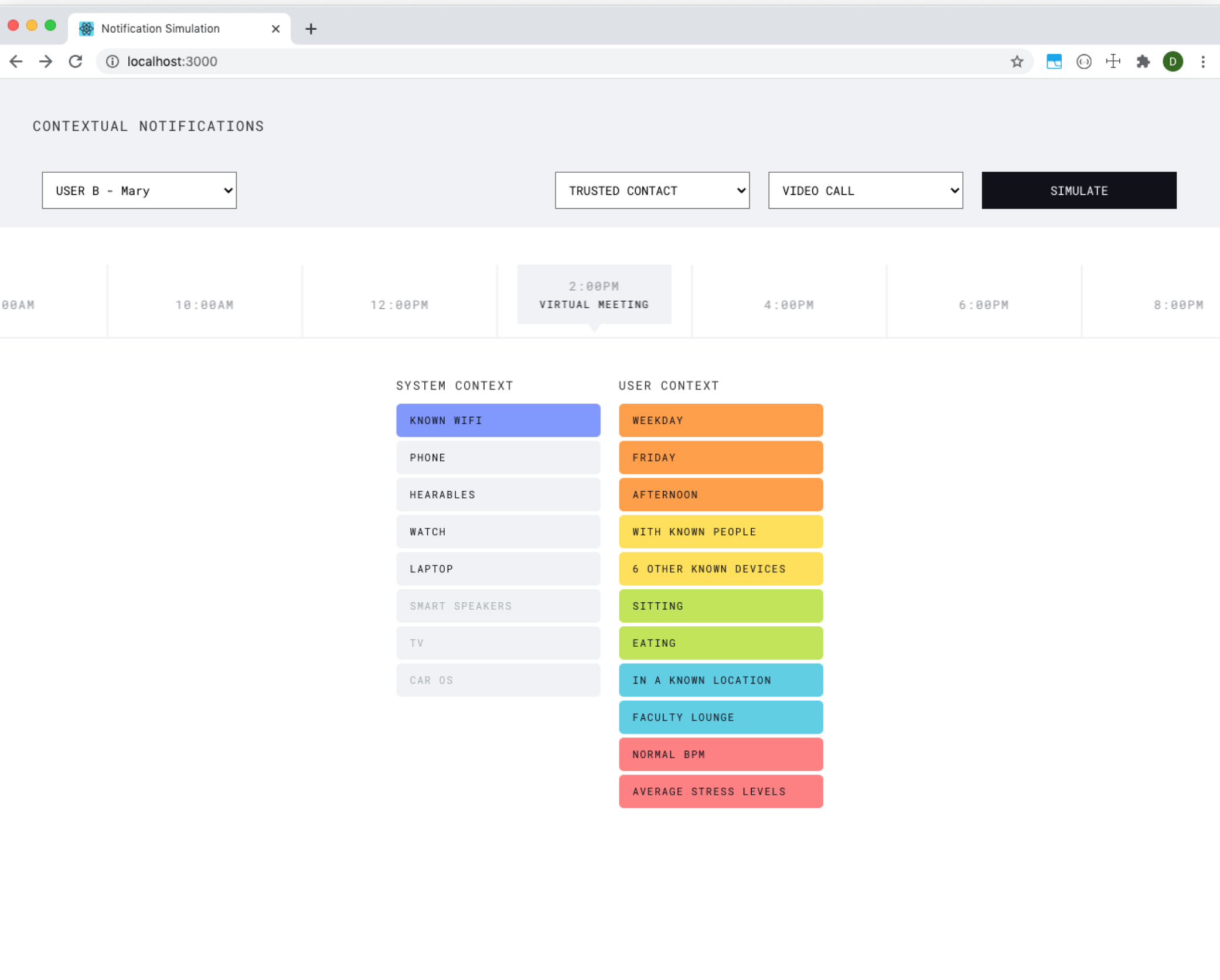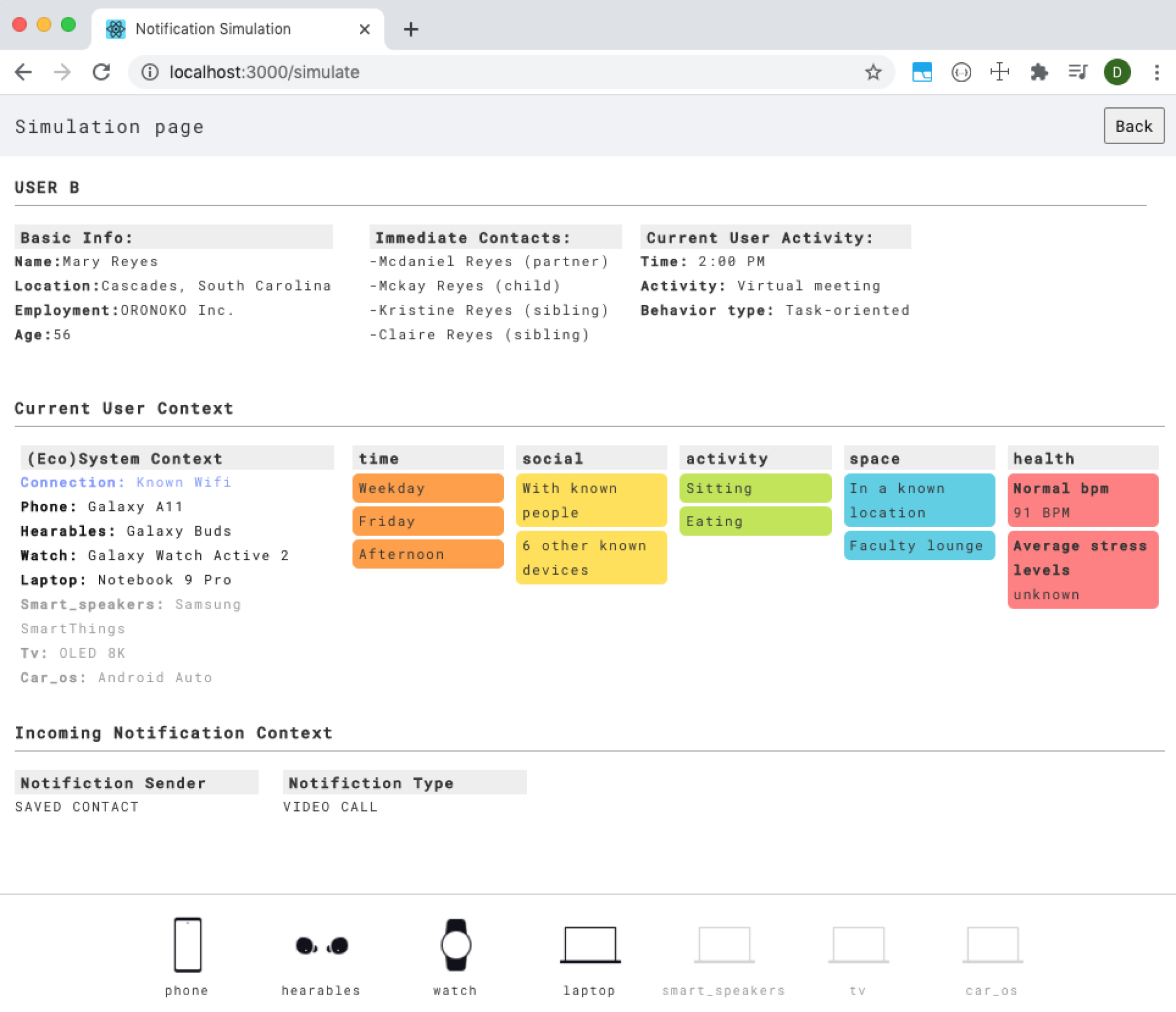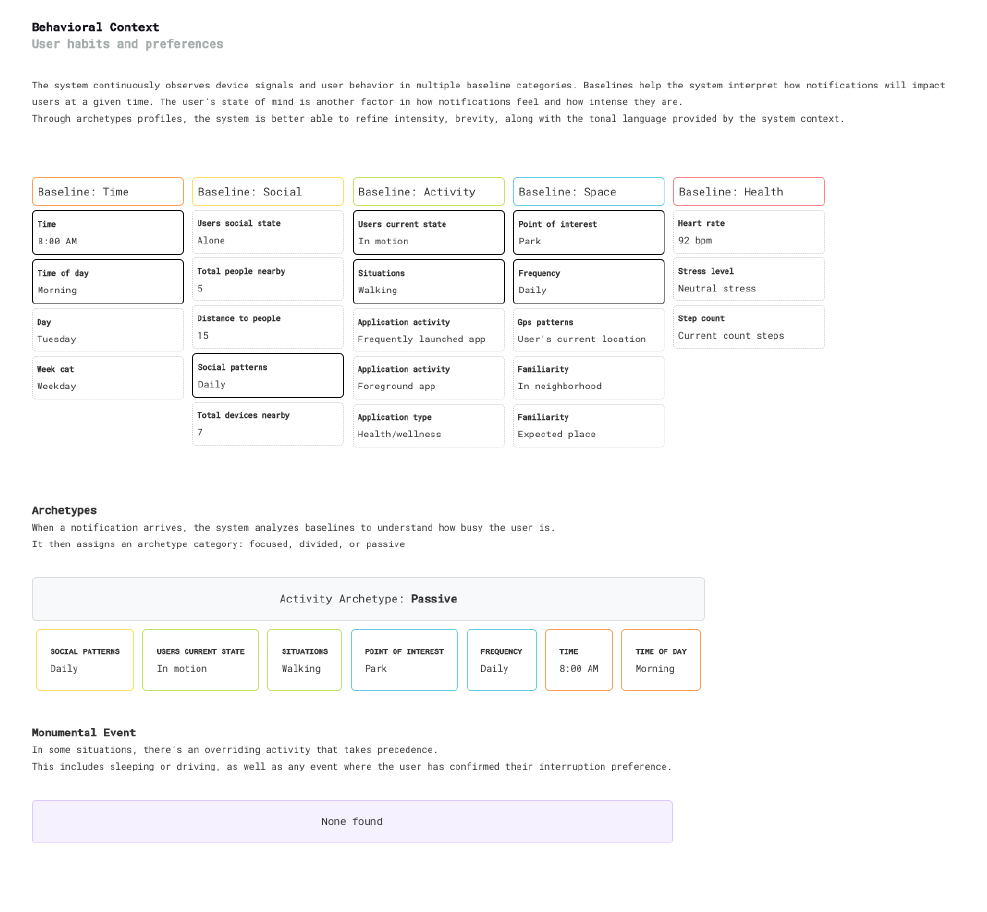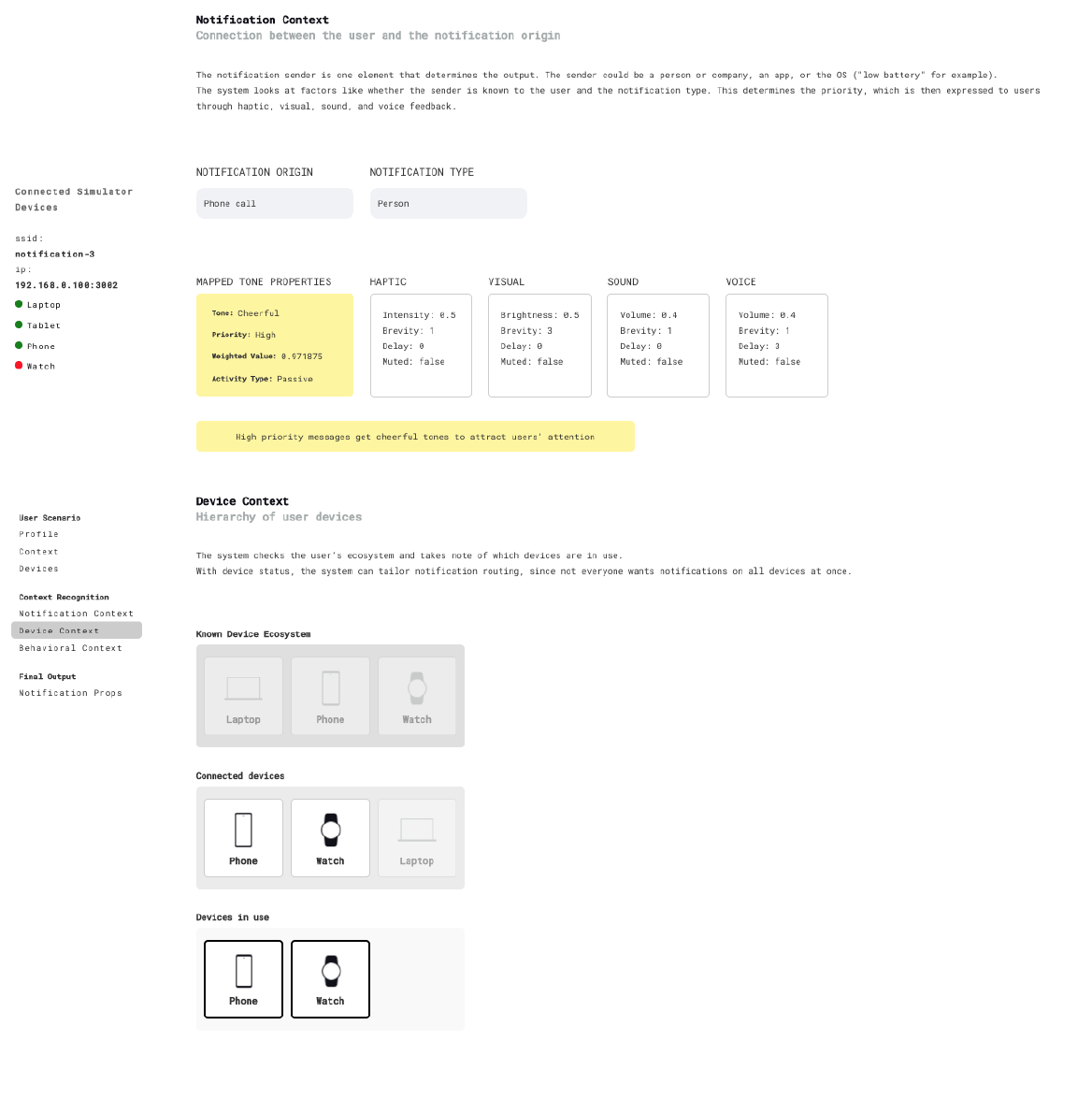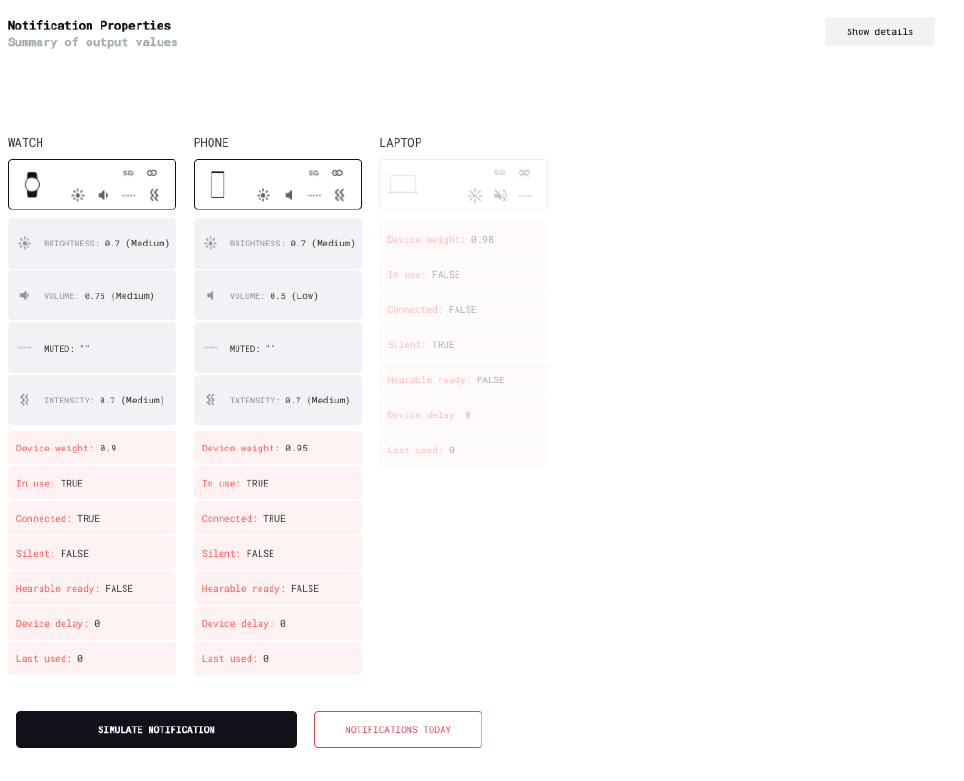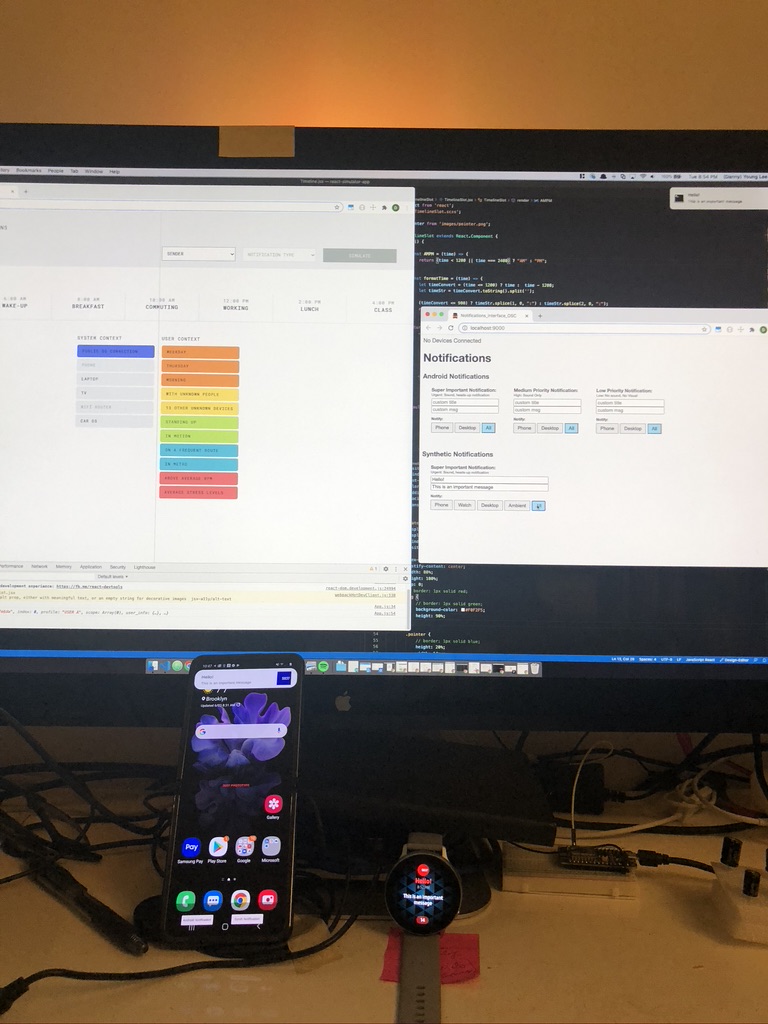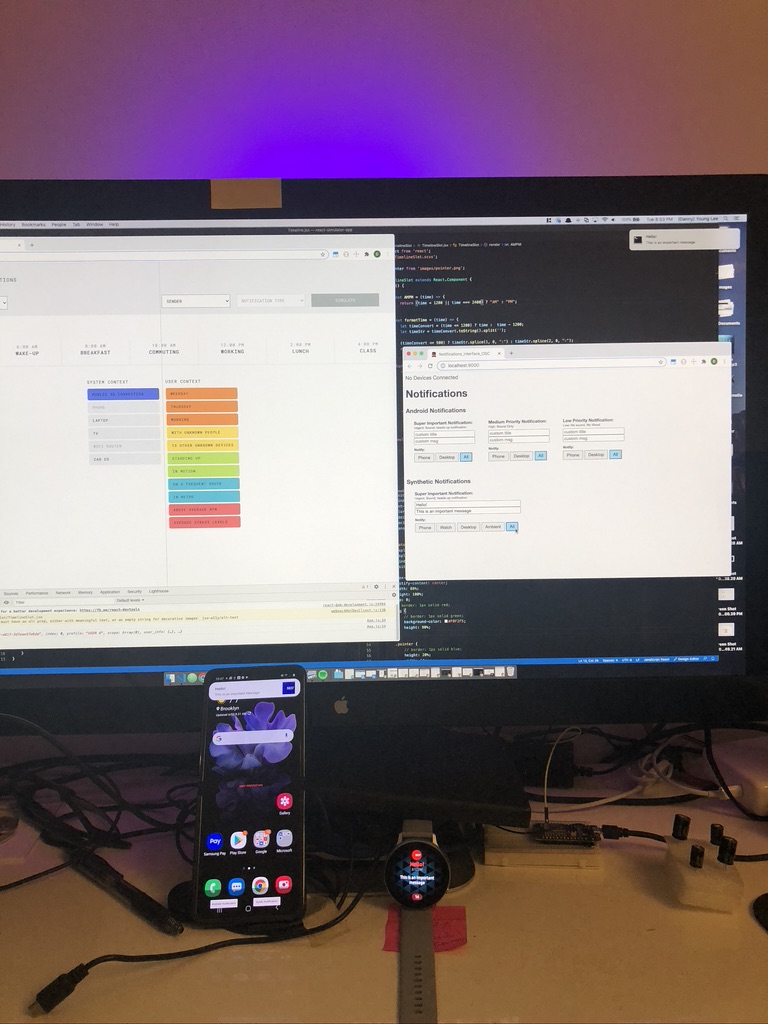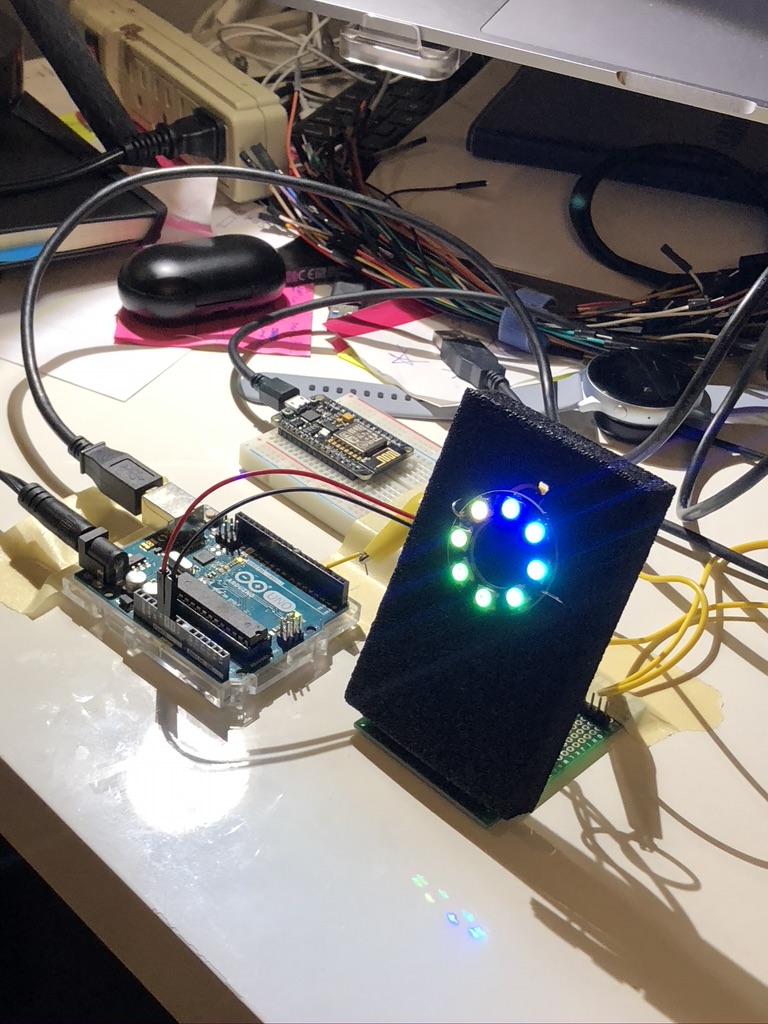Agency:
Samsung Global UX Studio
Role:
- Director Of Technology
- Creative Technologist
- Front End Developer
Project Type:
Future Innovation & Design Research
Built With:
- HTML
- JavaScript
- Css
- Arduino
- Microcontrollers
- Unity
- C#
- Tizen Studio
- Electron
The Contextual Notifications project at Samsung started as blue-sky research exploring how technology affects human emotion and focus. Through experimentation, prototyping, and iteration, it evolved into an innovation-driven exploration of how notifications could adapt to users’ daily lives. Instead of adding to digital clutter, we envisioned a system that intelligently adjusts notifications based on real-world context to minimize distractions and improve relevance.
We developed context models, a story generator tool, and a simulation system to analyze user routines and identify situational patterns. While we did not implement machine learning models, we hypothesized that future deep learning systems could recognize behavioral patterns and personalize notifications dynamically. The project demonstrated how notifications could shift from static interruptions to adaptive, user-aware interactions across devices. Findings were presented to Samsung's Mobile President and product commercialization teams, reinforcing the need for more contextual intelligence in digital ecosystems.
The Problem: Notifications Are Overwhelming
Today’s device ecosystems are noisy, fragmented, and disruptive. Notifications often demand attention at the wrong time, leading to frustration and loss of focus. How might we create notifications that are smarter, more mindful, and contextually aware? *Image generated with Dall-E
From Research to Innovation
Our research uncovered insights into device usage and its impact on focus and emotions, leading to an innovation-driven exploration of adaptive notifications across a device ecosystem.
We focused on situational context mapping and user behavior modeling, analyzing human data points to represent daily activities. Initially, we experimented with many diverse data sources to identify patterns and user stories—such as early running activity data from a Nike Fuel Band, available on-board data, as well as biometric & sentiment data that were not associated with devices.
Storytelling through synthetic personas
A story generator was built to create synthetic user journeys for testing notification responses.
Envisioning the Future of Notifications
We utilized context models to map user behaviors and device interactions. While deep learning was not used, we hypothesized how future AI models will enhance contextual awareness.
Context Matters
By understanding the user's context, the origin of the notification, and the device ecosystem, we can better adapt notifications to the user's modality.
Situationally adapted notification outputs
We modeled real-world scenarios to explore adaptive notification patterns. Based on user context, sound and feedback types, device-specific behaviors, and ignore modes were adjusted to create smarter, more mindful, and context-aware notifications.
Thinking by making. Understanding through tactility. Iterating with empathy.
A simulation system was built to emulate situational notification events, allowing for a tangible exploration of adaptive notification patterns.
Future Notification Exploration
We explored Ambient Spatial Notifications as a subtle way to deliver feedback using light intensity, color, and animation sequences.
Dynamic Sound Explorations
We explored dynamic sound properties to determine if changes in pitch and tone could convey cues without requiring users to check their phones. The goal was to reduce cognitive load by enabling users to recognize notifications through audio alone.
